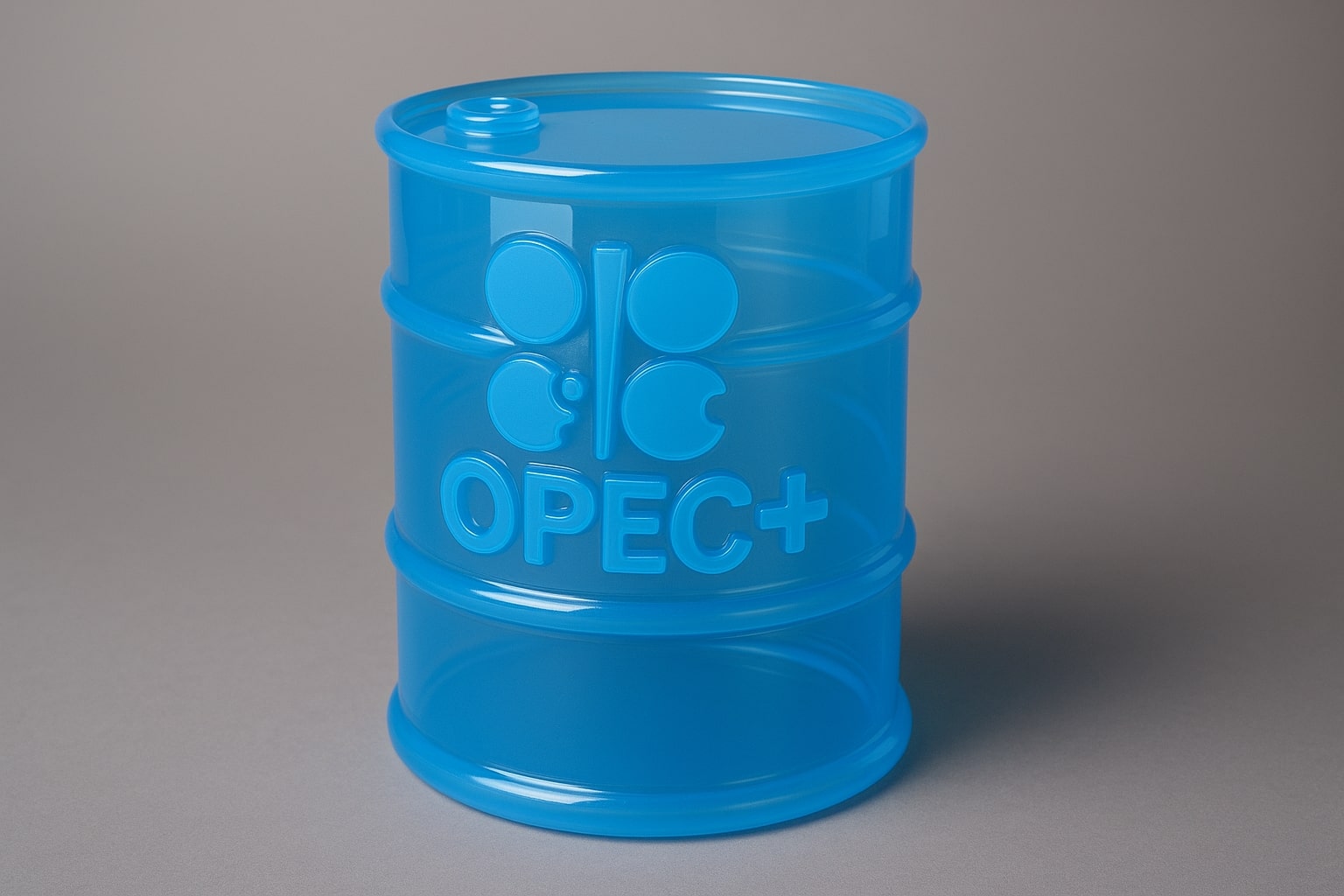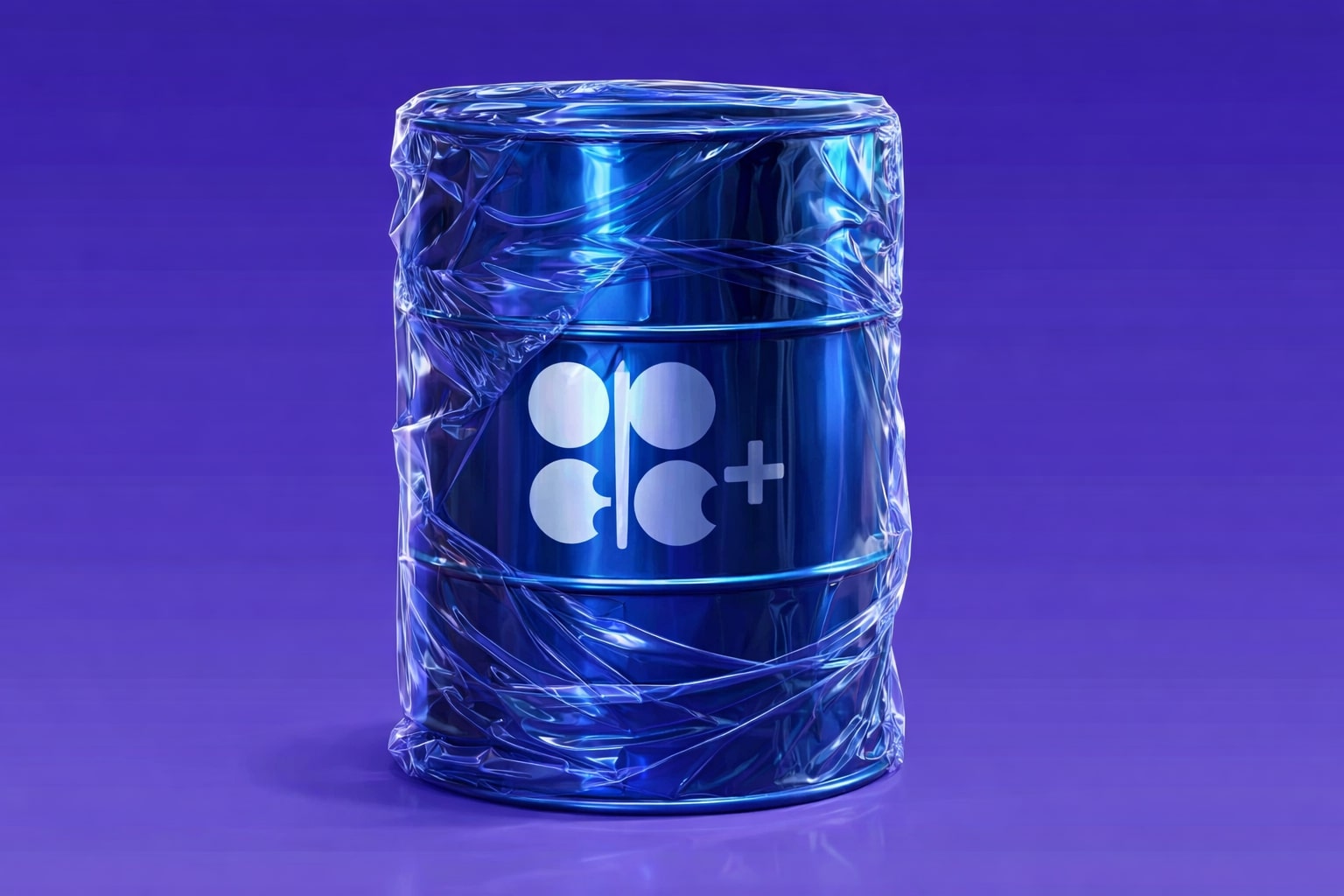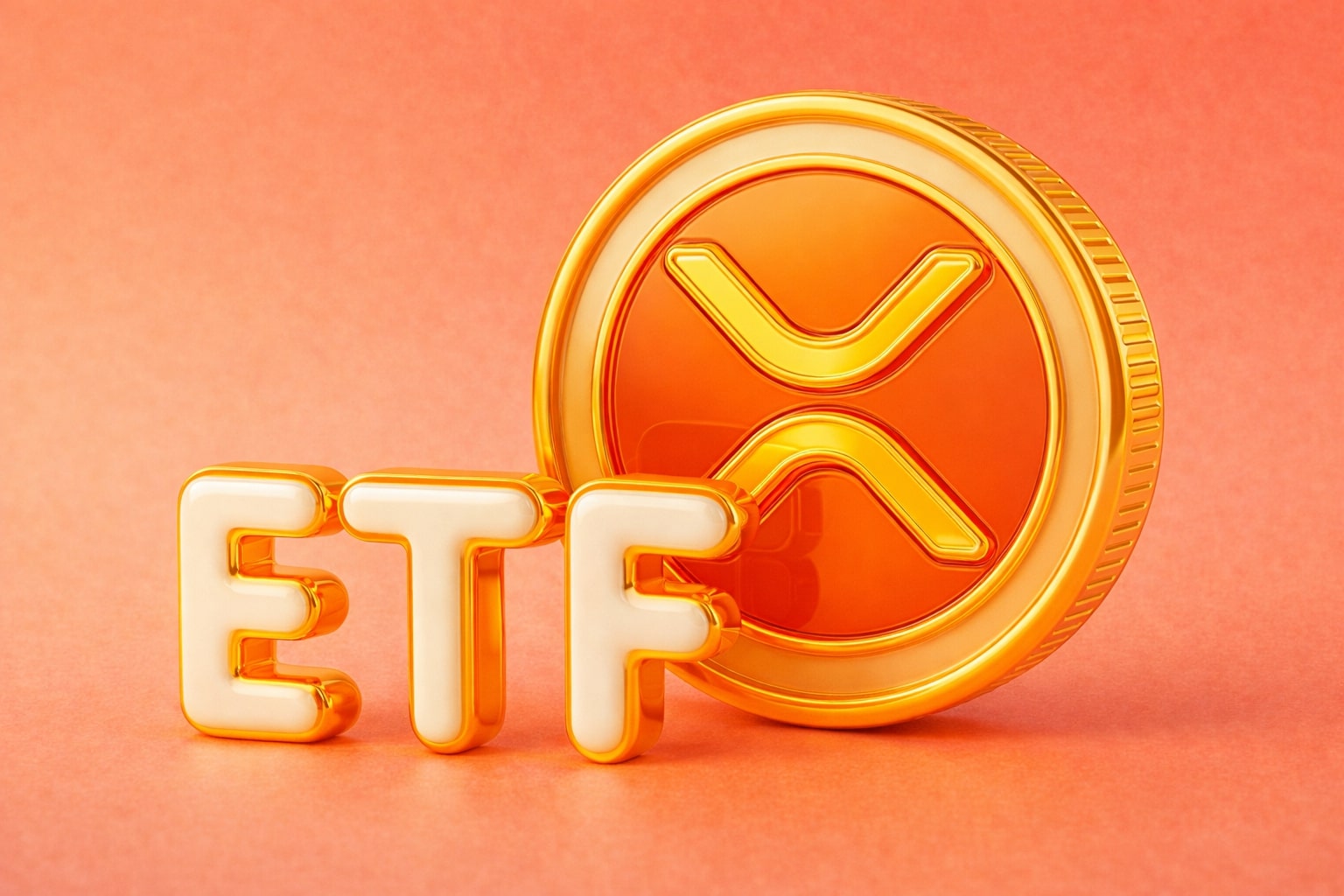
Oil Prices Rebound: WTI $63.78, Brent $67.82 as Geopolitical Risks Mount
Pipeline attacks, U.S. sanctions, and India’s Russian crude trade reshape supply and keep markets capped below $70 | That's TradingNEWS
WTI Crude (CL=F) Holds Gains Despite Geopolitical Strain
West Texas Intermediate futures hover around $63.78 per barrel, up 0.41%, marking a resilient end to a volatile week shaped by geopolitical tension and shifting trade flows. Despite a steep U.S. stock selloff earlier in the week and refinery disruptions such as BP’s Whiting facility flooding, the thin liquidity of August trading capped volatility and kept WTI locked in a $61.50–65.00 corridor. Analysts argue that unless U.S. inventories decline meaningfully or fresh supply shocks occur, the U.S. benchmark may struggle to clear resistance at $65, where sellers continue to reappear. A break below $61.50 would likely open the door toward the $60.00 handle, which remains a psychologically critical level for traders.
Brent Crude (BZ=F) Balances Risk Premium and Weak Demand
Brent is trading near $67.82 per barrel, modestly higher by 0.22%, after a week marked by pipeline outages, tariff threats, and sanctions-driven supply shifts. Brent held within a narrow band of $65.80–67.90, reflecting restrained trading volume in late August but also underscoring the market’s risk premium tied to Ukraine’s repeated strikes on Russia’s Druzhba pipeline. This pipeline is vital for Hungary and Slovakia, moving over 210,000 barrels per day, and its disruption underscores the fragility of European crude flows. Traders are eyeing a potential move above $69.00, contingent on a close over the 50-day EMA. Until then, Brent’s ceiling sits firmly in the high $60s, where resistance repeatedly stalls rallies.
Ukraine Pipeline Strikes Intensify European Energy Fragility
Ukraine’s armed forces targeted the Unecha pumping station twice this week, forcing suspension of oil deliveries to Hungary and Slovakia. Hungarian Foreign Minister Peter Szijjarto warned that the outage—expected to last at least five days—poses a direct threat to his country’s energy security. Russia’s Druzhba pipeline remains exempt from sanctions due to Central Europe’s dependence, but repeated attacks deepen uncertainty for refiners in Budapest and Bratislava. Unlike the Czech Republic, which has diversified away from Russian flows, Hungary and Slovakia continue to rely on Druzhba for the bulk of supply, leaving them particularly exposed to geopolitical shocks. Market reaction has been muted in nominal pricing, yet the frequency of strikes has already injected a $2–3 per barrel risk premium into Brent.
India Balances Tariffs, Discounts, and Russian Crude Imports
India’s refiners have resumed buying Russian crude after a brief reduction, lured back by discounts reaching $3 per barrel. The U.S. has introduced secondary tariffs aimed at curbing India’s purchases, but New Delhi remains pragmatic, with officials insisting they will continue buying “what is best for themselves.” Moscow has even proposed a “special mechanism” to sustain flows, though details remain opaque. With Indian refiners such as IOC and Bharat Petroleum back in the spot market, Russian crude continues to find outlets despite sanctions. If tariffs tighten further and India scales back again, Russia may face forced production cuts, a development that would inject fresh upside pressure into WTI and Brent benchmarks.
Sanctions Pressure on Iran Expands to Shipping Networks
The U.S. Treasury escalated sanctions by targeting Greek shipping magnate Antonios Margaritis, his fleet of vessels, and two Chinese terminal operators in Shandong and Zhejiang that collectively handle millions of Iranian barrels. These moves are designed to choke Iran’s shadow fleet, which provides crucial financing for its weapons programs. China, which buys 90% of Iranian oil exports, remains Tehran’s lifeline, but Washington’s actions highlight growing U.S. willingness to penalize third-party facilitators. The designation of Chinese ports like Dongjiakou and Yangshan is the fourth round of such measures this year, yet flows into Chinese refiners continue unabated. For oil prices, the sanctions narrative tightens the geopolitical risk premium, but given Tehran’s discounted sales and China’s demand, the tangible effect on supply remains contained.
Global Supply Additions: Venezuela, Norway, Kurdistan
Even as sanctions tighten elsewhere, fresh production is surfacing. A Chinese private firm has pledged $1 billion in Venezuela to revive 60,000 barrels per day output by end-2026, marking a rare external investment in a long-neglected sector. Norway’s Aker BP discovered an additional 100–130 million boe at its Yggdrasil field, lifting total reserves above 700 million boe. Meanwhile, DNO of Norway resumed operations in Iraqi Kurdistan after drone strikes, ramping test production back to 55,000 bpd. While these projects diversify global supply, their near-term effect is muted—Venezuelan infrastructure remains fragile, and new Norwegian volumes will take years to fully scale. Nonetheless, announcements temper the upside rally in crude, signaling longer-term supply resilience.
North American Energy Consolidation and Output Trends
Cenovus Energy (TSE:CVE) confirmed a deal to acquire MEG Energy, continuing the consolidation of Canada’s oil sands industry. This follows Angola’s exit from OPEC after output slipped below 1 million bpd, underscoring structural pressure in mature basins. In the U.S., Mars crude slipped 1.36% to $71.28, while Louisiana Light gained 0.78% to $66.04. The divergence highlights regional bottlenecks and infrastructure constraints, with refiners adjusting to flood-induced outages in the Gulf. The broader OPEC basket advanced 2.00% to $70.01, boosted by Middle Eastern grades, which remain resilient despite fluctuating demand signals.
Technical Setup Suggests Ceiling at $65 WTI, $69 Brent
From a technical standpoint, WTI shows modest bullish momentum with resistance at $65.00 and the 200-day EMA serving as the next test. A failure to hold $61.50 would pivot the market to $60.00, which traders are watching closely as a potential retest. Brent exhibits a similar structure, with $65.00 acting as a major support and $69.00 as the next key level if momentum builds above the 50-day EMA. Both benchmarks remain oversold relative to July levels, but upside potential appears capped unless geopolitical disruptions escalate materially or inventories contract further.
Macro Forecasts: Kazakhstan and UBS Signal Brent Stability
The National Bank of Kazakhstan’s macro survey lifted its Brent forecast for 2025 from $68.9 to $69.5 per barrel, with similar stabilization for 2026 and 2027, implying a mid-term price anchor just below $70.00. UBS also projects Brent to remain in the high $60s, citing a tight but not crisis-level market. Kazakhstan’s GDP is forecast to expand 5.2% in 2025, underpinned by oil revenues, but inflation is expected to remain high at 11.3%. For global investors, these projections suggest oil’s equilibrium lies within a contained band, limiting the upside despite ongoing geopolitical turbulence.
Oil market exhibits short-term bullish pressure but remains capped by heavy supply from OPEC+, Russia, and U.S. shale. The geopolitical premium is visible yet not explosive, as pipelines, sanctions, and tariffs shift flows but do not collapse supply chains. With WTI (CL=F) capped near $65 and Brent (BZ=F) stalling around $69, the risk-reward balance tilts toward Hold, awaiting either a sharper supply shock or inventory drawdowns to trigger a decisive breakout.
That's TradingNEWS
Read More
-
UCO ETF Price Forecast: Can NYSEARCA:UCO at $18.57 Ride a 2026 Oil Squeeze?
18.12.2025 · TradingNEWS ArchiveStocks
-
XRPI at $10.50 and XRPR at $14.93 Hit XRP ETF Lows While XRP-USD Holds $1.84 After 30 Days of Inflows
18.12.2025 · TradingNEWS ArchiveCrypto
-
Natural Gas Price Forecast: Henry Hub Holds Around $4 as EIA Draw Hits 167 Bcf
18.12.2025 · TradingNEWS ArchiveCommodities
-
USD/JPY Price Forecast: Pair Holds Above 155 As BoJ And US CPI Set Up A Major Break
18.12.2025 · TradingNEWS ArchiveForex



















